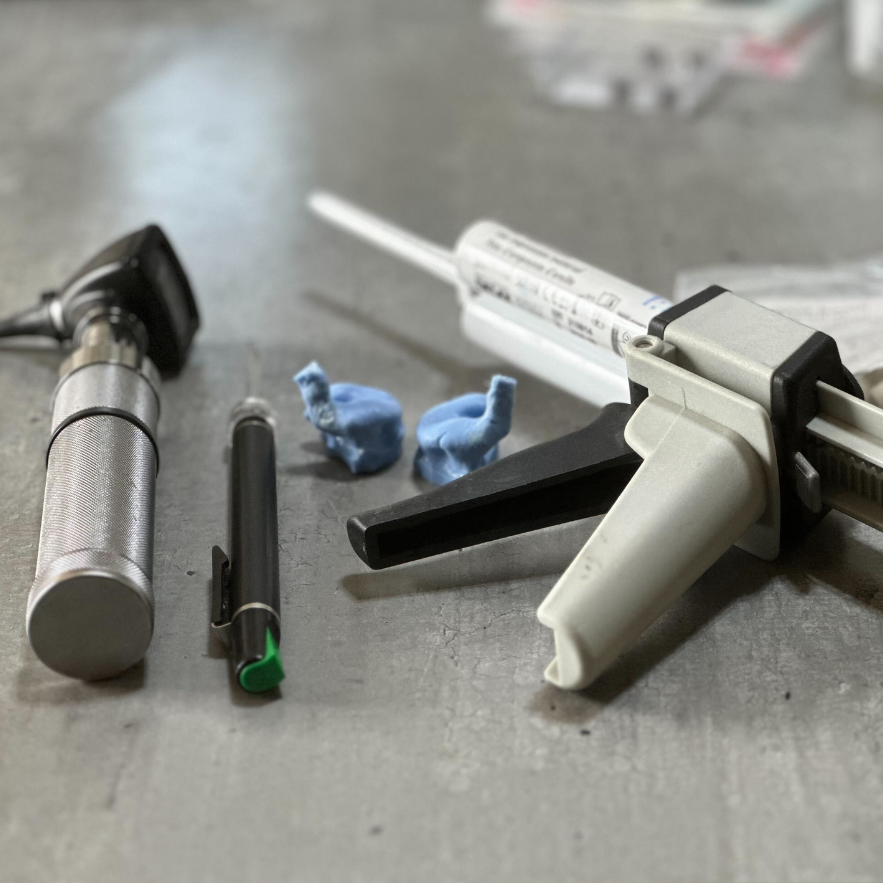Introduction
In the realm of live performances, every detail matters. From the clarity of vocals to the precision of instrumentals, performers strive for excellence on stage. As a result, in-ear monitors (IEMs) have emerged as indispensable tools for artists seeking to enhance their onstage experience. But what exactly drives musicians to rely on these tiny audio devices? Let's delve into the myriad of benefits that in-ear monitors (IEMs) offer and how they contribute to elevating performances to new heights.
1. Personalized Sound Mixing
One of the primary reasons musicians wear in-ear monitors (IEMs) is to have full control over their audio mix. With the ability to adjust the levels of vocals, instruments, and backing tracks directly in their ears, artists can fine-tune their monitoring to achieve optimal balance and clarity. This personalized approach ensures that performers can hear exactly what they need to deliver a flawless performance.
2. Noise Isolation
In a live performance setting, external noise and stage volume can make it challenging for musicians to hear themselves and other band members clearly. Unlike traditional stage monitors, which may suffer from audio distortion and inconsistencies, IEMs offer superior noise isolation, blocking out ambient sounds and minimizing stage noise. This ensures that musicians can focus solely on their performance without distractions, leading to tighter, more cohesive performances.
3. Mobility & Comfort
Traditional stage monitors can be bulky and cumbersome, limiting musicians' movement on stage. IEMs, on the other hand, offer a lightweight and discreet alternative. With no cables or bulky equipment to contend with, musicians enjoy greater freedom of movement, allowing them to interact with the audience and deliver dynamic performances with ease.
4. Hearing Protection
Most importantly, long-term exposure to high volumes can take a toll on musicians' hearing over time. In-ear monitors help mitigate this risk by providing controlled sound levels directly to the ears. Musicians can monitor their sound at lower volumes while still achieving clarity and detail, reducing the potential for long-term hearing damage.
5. Consistency Across Venues
Every performance venue presents its own acoustic challenges, from reverberant concert halls to noisy outdoor stages. Whether performing in intimate club venues or large concert arenas, artists can rely on IEMs to deliver consistent sound quality and monitoring regardless of the venue's acoustics or size. This flexibility makes in-ear monitors an invaluable tool for artists of all genres and performance styles, especially for touring musicians who perform in diverse settings night after night.
Conclusion
From personalized sound mixes to enhanced mobility and protection of hearing, the benefits of wearing in-ear monitors extend far beyond mere convenience for musicians. By providing a controlled audio environment, IEMs empower performers to deliver their best performances with confidence and precision, ensuring an unforgettable experience for both musicians and audiences alike. As technology continues to evolve, the role of IEMs in shaping the future of live music will only continue to grow, solidifying their place as an indispensable tool for musicians worldwide.
Shop Unity IEMs



